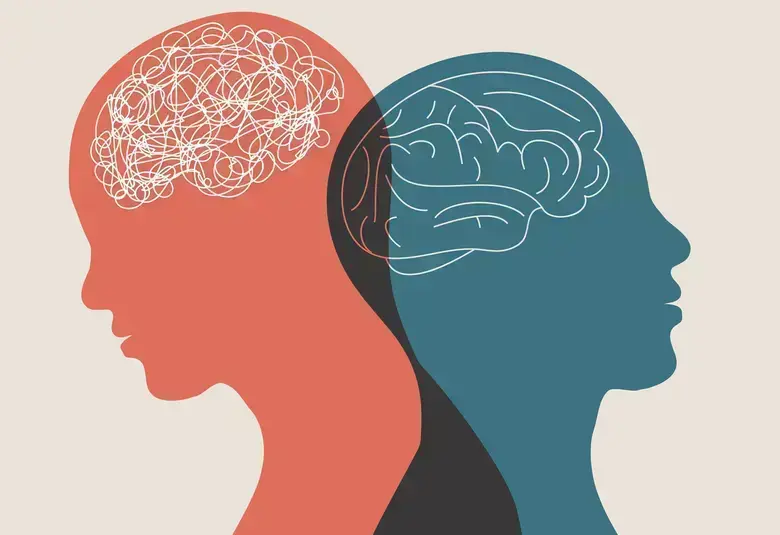A better understanding of the pre-psychotic and prodromal symptoms of psychosis can aid correct diagnosis, and provides an opportunity for earlier and potentially more individualised intervention. Recent results from a study detailing common and important symptoms that precede conversion to first-episode psychosis (FEP) were presented at SIRS 2022.
A better understanding of the pre-psychotic and prodromal symptoms of psychosis can aid correct diagnosis, and provides an opportunity for earlier and potentially more individualised intervention. Recent results from a study detailing common and important symptoms that precede conversion to first-episode psychosis (FEP) were presented at SIRS 2022.
Dr Vincent Paquin, McGill University, Montreal, Canada, presented his recently published work where the patients with FEP, 14 to 35 years of age, were enrolled over a 15-year period from a specialized, early intervention, out-patient programme from a catchment area of more than 300,000 people in Montreal.1
The most common precursors to first-episode psychosis are affective symptoms
Non-psychotic symptoms (NPS) are the most common precursors to psychosis
In the 390 patients with psychosis included in the study, 27 pre-defined precursor signs and symptoms were evaluated retrospectively using semi-structured interviews and questionnaires from patients and their families.1
The 10 most common precursor symptoms were depression (reported in about 75% of patients), followed in descending order by anxiety, substance use, impaired role functioning, social withdrawal, impaired concentration, sleep disturbance, decreased energy, suspiciousness, and irritability.2 Suspiciousness was the most common sub-threshold psychotic symptom (STPS) identified (seen in 48% of patients).3
Depression is the most common precursor to first-episode psychosis
Combinations of symptoms were also evaluated. Groups of pre-psychotic symptoms most commonly found together were depression and anxiety (reported in 56% of patients) and depression, anxiety, and social withdrawal (reported in 38% of patients).3
A first symptom of suspiciousness may be key to predicting time to FEP
Patients with a first symptom of suspiciousness had a significantly shorter time to FEP onset (hazard ratio [HR]=2.37) and had a significantly higher symptom incidence rate (incidence rate ratio [IRR]=3.20) compared to patients with other first symptoms.1 Patients with suspiciousness were significantly more likely to develop anxiety (IRR=3.69), but patients with anxiety were not at higher risk of developing suspiciousness.3
Early onset of suspiciousness is a marker of rapid symptom accumulation and conversion to first-episode psychosis
Non-psychotic symptoms significantly associated with a faster speed to FEP included elated mood (HR:1.95) and impaired role functioning (HR:1.72). A first symptom of self-harm was associated with a significantly lower incidence rate of additional symptoms (IRR=0.06).1
Our correspondent’s highlights from the symposium are meant as a fair representation of the scientific content presented. The views and opinions expressed on this page do not necessarily reflect those of Lundbeck.




